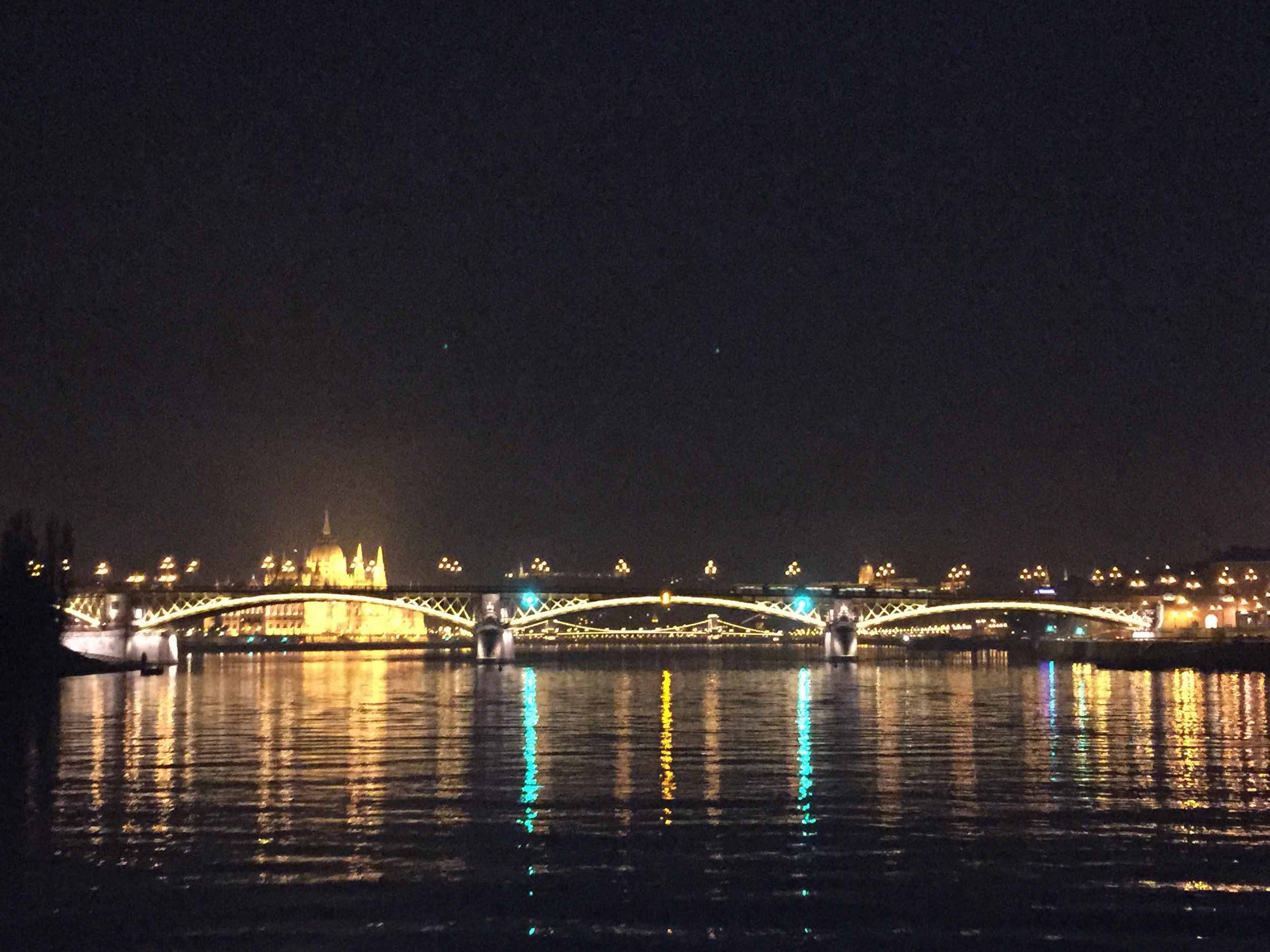My son’s first European Adventure – A long weekend in Rome
The first time I traveled to Europe I was 10 years old and my parents took me to France and England. That trip left an impression on me that shaped the rest of my life. I began studying the French language and went on to double major in English and French literature and spent a semester living in Paris and studying at the Sorbonne. As parents, we want to recreate positive traditions from our own childhood with our children. So when my son turned 10 years old, I wanted to celebrate by taking him on his first European trip. I asked my son where he wanted to go and he was quick to respond. He had recently read a book on Pompeii and was fascinated by the ancient Italian village that was covered in ash by the eruption of Mt. Vesuvius. Italy is full of so many treasures spread out across this boot shaped country that one would need months, even years, to experience. Sadly, based on school and sports schedules, we would have to consolidate our trip into an aggressive 4-day/4-night stay. As a result, I decided we would travel to Rome with a day trip to Pompeii.
Day 1 – Rome/Colosseum
We land in Rome on a Thursday morning and head straight to our hotel. We are staying at Grand Hotel Palace, a lovely 4-star hotel with easy access to all the city’s main attractions and located in a charming quiet neighborhood. I have pre-arranged some tours for our trip so we won’t waste precious time waiting in ticket lines or figuring things out “on the fly”, which is typically how I prefer to travel. After dropping our bags and freshening up, we are ready to hit Rome’s most famous attraction – the Colosseum.
To see the Colosseum for the first time is truly remarkable for anyone, but to see it through the eyes of a 10-year old for the first time is something I will never forget. This massive structure stands so high and impressive amidst the bustling of Rome that it’s impossible to think it was built nearly 2000 years ago (in AD 80). My son was raised in Chicago – the closest to antiquity he has ever gotten before this moment is the 19th century antiques in his grandparent’s house. He is in awe and the wonder I see in his eyes flood my heart with gratitude that we are on this adventure together. He is eager to learn about the life of the gladiators and the fierce animals that fought here as well as understand the sophisticated traps and pully systems built beneath the floors to control the flow of “entertainers” marching to their doom. We spend hours touring the Colosseum and the next door Roman Forum, all the while grateful for Rome’s sunny, warm springtime weather on our first day. Sadly, we need to keep moving so we leave vowing to return at night to see the monuments aglow.
I had pre-purchased City Sightseeing bus tickets that allowed us to hop on and off at important attractions around the city as often as we wanted in a 48 hour period. After leaving the Colosseum, we hop the bus and it drives us past Circus Maximus, the Pantheon, the Vatican, and Tivoli Fountain and we get our bearings around the city while learning some historical facts about these attractions. Our first night we dine at a wonderful Trattoria near our hotel and head to bed exhausted yet excited for our next day.
Day 2 – Pompeii & Rome (The Pantheon, Tivoli Fountain, Spanish Square)
On our second morning, we are up and moving early – no time for jetlag – to catch our 7:35 am train for Napoli (Naples). I’m so happy my son will have the opportunity to travel by train in Europe as I think it is one of the most delightful experiences (and something we can’t mimic in the U.S.) I pre-purchased an all-encompassing tour that included our round trip train tickets from Rome to Naples as well as car transportation from the Naples train station to Pompeii plus all our admission tickets and a guided tour through Pompeii. This was the best money ever spent as we were well taken care of the entire time. Note: Naples is not a place a tourists should venture without a plan as crime is common.
What I love most about our trip agenda is that it was curated by my son’s interests, and what he wanted to see ended up being some of the most amazing things I’ve ever seen in my life too. I’ve toured Egypt and I would put Pompeii right there with it in terms of ancient marvels. To see the type of sophistication that existed in this village that was settled in the 6th century B.C. -- steam showers, wall plumbing that captured rain water and carried it through the home, beautiful artistic wall frescoes, carved marble street signs and merchant stores on every corner.
Pompeii was a middle class village where there was wealth but most citizens still worked – from toga makers to wine makers to bath house owners – we can tour the homes of these people and get such a vivid picture of what their lives were like. As a quick historical reminder, Pompeii was covered under 35 feet of volcanic ash when Mt. Vesuvius erupted in AD 79 and it sat intact and undiscovered until 1738. Scary to think, but Mt. Vesuvius is very much still an active volcano and hundreds of thousands of people today live around it in harms way today should this volcano erupt again as it did centuries ago.
Our train arrives back in Rome around 2pm so we have plenty of time to wander on foot to some of the city’s other most famous sights. We start with the Pantheon – it’s a marvel to look out its dome ceiling and think this place of worship was built in AD 126. I love this picture that shows the Roman sky out of the beautiful dome ceiling.
We stop for a gelato (a daily must when in Rome!) and continue up the narrow streets to see the Tivoli fountain. We both make a wish and toss a coin in before walking on to watch some street performers.
We slowly make our way to the Spanish square where people lounge by the fountain and fill their water bottles from the water spouts (a Roman tradition!) The Spanish steps are under renovation (opening in May) but we are able to wander up a small section of them to get a beautiful view of Rome below. If you are a shopper this is the area where you want to go for all the luxury boutiques… my son is a trooper and lets me browse in a few boutiques. It’s getting late so we head back to the hotel to change and get ready for dinner. It’s a Friday night so we dine in the trendy Trastevere area and walk the busy streets after enjoying the people watching.
Day 3 – The Vatican, Catacombs, Gladiator School
On our third day, I had pre-booked us a morning tour of the Vatican with transportation so we are up early and off to visit the world’s smallest country! Another reason I suggest planning Vatican tours in advance is because there are always special events happening and days/times when certain areas of the Vatican aren’t available. I picked a day when we would be able to see the Sistine Chapel and St. Peter’s Basilica, and opted for just a half-day tour since long tours are hard for children. It was fun to watch my son learn about Michelangelo and his legacy while seeing his most famous works in real life at the same time. The moments we spent in silence hugging and staring at the ceiling of the Sistine Chapel will forever be imprinted in my heart and mind. Before it’s time to go, he is thrilled to purchase a post card and mail it from the Vatican post office to his Catholic grandparents.
Our Vatican tour finished around lunchtime so after a quick change at the hotel we take a drive (via taxi) down the oldest road in Rome, Via Appia Antica, which was created in 312 BC and spanned 350 miles. We lunch at this marvelous roadside family restaurant located next to the must-see Catacombs of St. Sebastian and St. Callistus, which provide a fascinating history lesson on the early Christians living in Rome and is also where a number of early Popes were buried.
In this historical area I have arranged a very special surprise for my son – he gets to go to “Gladiator School”. Over a 2-hour period, a gentleman that looked like he was ripped from the pages of ancient Rome taught my son how gladiators trained and lived as well as their battle tactics. My son is able to try on gladiator armor and duel at the end of the training (my son is thrilled he “won”). This “class” is a must do for anyone visiting Rome with little ones.
Day 4 – The 2769th Birthday of Rome
We were so honored to be in Rome during one of its biggest holidays – on our last day the city was celebrating its 2769th birthday and there were many festivities planned across the city. We spent the morning at Palatine Hill – the birthplace of Rome as chosen by Romolus after he defeated his twin brother Remus. It’s also where Julius Cesar was born and lived as emperor. This is a massive place where you could wander for a week and still not see every corner – it’s also a beautiful place to sit and enjoy the sunshine with a book if you have time.
Our gladiator instructor from the day before had told us about a huge re-enactment happening at Circus Maximus to mark Rome’s birthday so we walk from Palatine Hill to join the crowds and watch Gladiator fights and historical Roman dance and music performances. We feel so lucky to be in Rome on this day – the equivalent to our Fourth of July in the U.S.
That afternoon, we are picked up at Circus Maximus by a “golf cart” for a private custom tour of Rome that I had pre-arranged. I do not see another golf cart in the city and this is a fun and quirky thing to do with kids – my son loves it. The driver is happy to take us anywhere we want. We decide to visit the beautiful Piazza Borghesa and on the way he has a surprise for us. He stops at the Knights of Malta “keyhole” where you look through and see a magnificent secret site. I don’t want to ruin for those who don't know, but I highly suggest you go and take a look when you’re in Rome. Our driver also takes us to a couple beautiful places where we have magnificent panorama views of Rome. After a little over an hour our tour ends at Villa Borghesa. Our guide was incredibly knowledgeable and spoke some of the best English we’d heard in all of Italy.
That evening we dine near the Colosseum then walk over to watch the firework celebration and see the monuments lit up at night. It is a perfect ending to an amazing “Roman holiday”.
To learn more about my visit to Rome or to get specific information and pricing on tours I mentioned, please email me at kthornton@royal-travel.com.














































